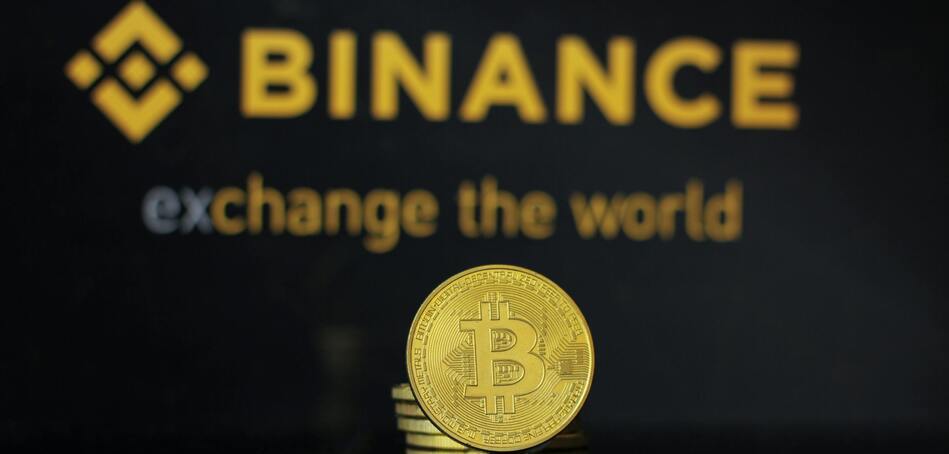Faced with an annual inflation rate of 229% and a non-functional national currency, Venezuela has undergone a dramatic financial transformation. Daily life has increasingly shifted to stablecoins, with Venezuelans now using digital dollars like Tether (USDT)—often referred to locally as “Binance dollars”—to buy food, pay wages, and preserve value, effectively rewiring the economy.
Context and Impact of the ‘Binance Dollars’
Three powerful forces are driving the switch to stablecoins: a complete loss of trust in the bolívar due to hyperinflation, a broken banking network, and a severe shortage of physical US dollars. In this setting, both public and private actors are accepting stablecoins for practical reasons. They have become something more than a trend; they are a life raft.
This has led to a unique situation where three different dollar rates exist simultaneously, but the USDT rate on Binance’s peer-to-peer (P2P) market has become the operational benchmark for most merchants and consumers. This “Binance dollar” is used to price everything from groceries and condominium fees to salaries and supplier payments. The process is straightforward: prices are listed in dollars, and at the point of sale, the total is converted to USDT at the live P2P rate and settled via a QR code scan, often on the Tron network for its low fees.

Implications and Risks
This massive shift brings both transformative benefits and new vulnerabilities to the economy.
-
Liquidity and Accessibility: Stablecoins have enabled day-to-day payments in a context where the traditional banking system and the bolívar have failed. This shift has expanded transactional options for households and businesses, allowing them to preserve savings and conduct commerce despite local infrastructure limits. The scale of this adoption is significant, with Venezuela ranking high in global crypto use and stablecoins accounting for 47% of all small retail crypto transactions.
-
Market and Confidence Risk: The new system creates a deep reliance on centralized stablecoin issuers and platforms like Binance. This dependence introduces counterparty risk, including the potential for issuers to freeze funds, and exposes users to platform outages or regulatory actions against these companies. For instance, intermittent internet blocks in the past have disrupted access to crucial P2P platforms.
-
Compliance and a Regulatory Gray Zone: The influx of crypto is forcing compliance teams to upgrade their KYC/AML controls and on-chain monitoring capabilities. Flows that once moved in bolívars or paper dollars now require crypto-specific oversight. While the government has tolerated this de facto dollarization to keep commerce alive, it remains a pragmatic workaround rather than a formally legalized framework, creating uncertainty for users.
Venezuela’s pivot to stablecoins is a practical, grassroots solution to a failed currency, but it also introduces a new set of regulatory and operational hazards. The next step will likely involve a more formal regulatory response to the traceability and counterparty risks of these tokenized dollars.


